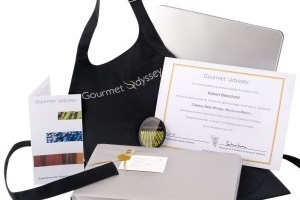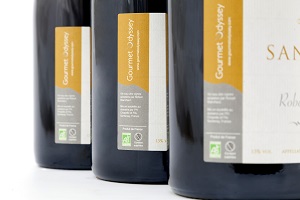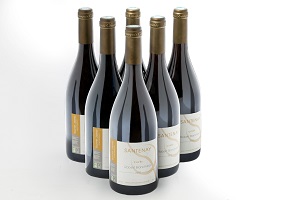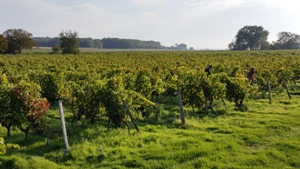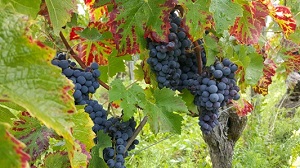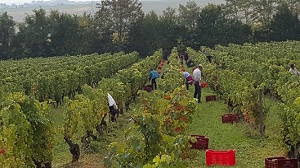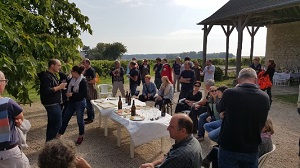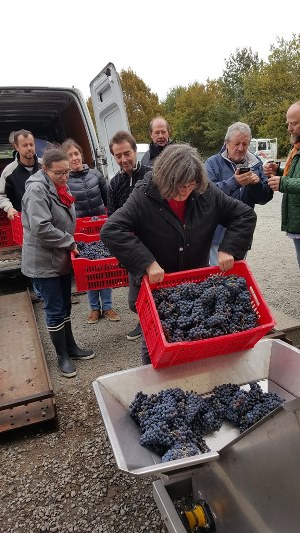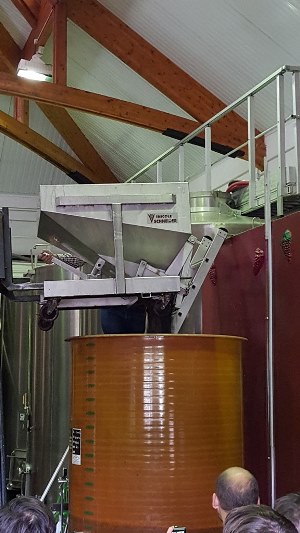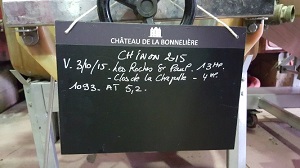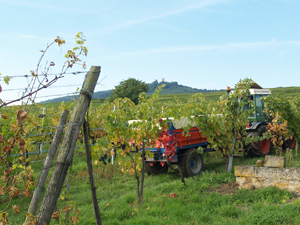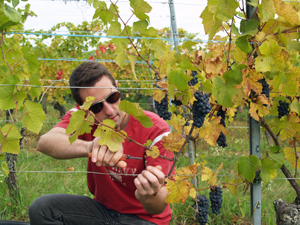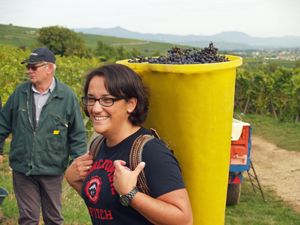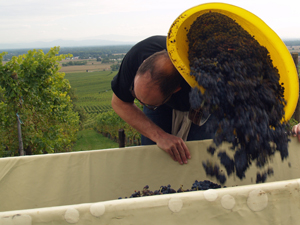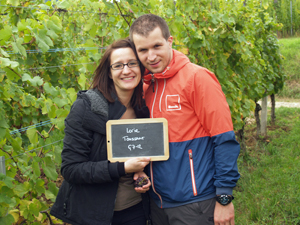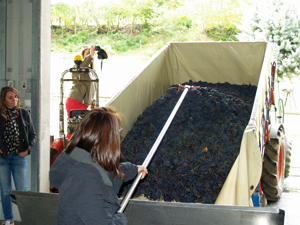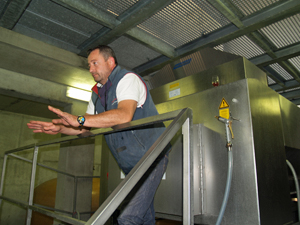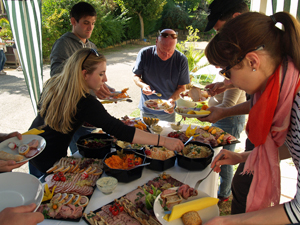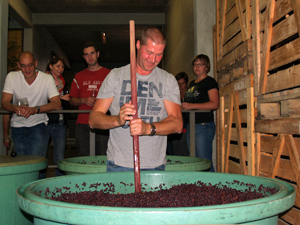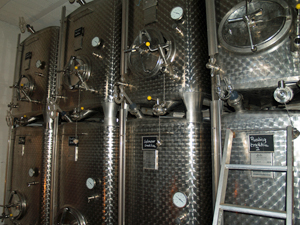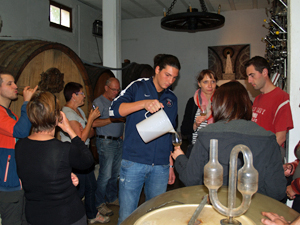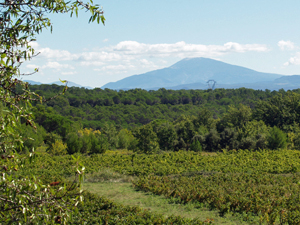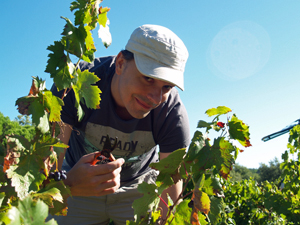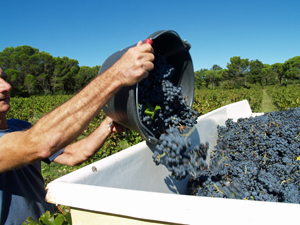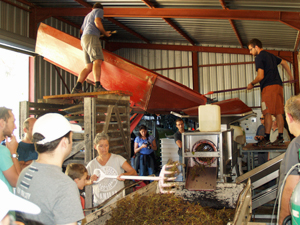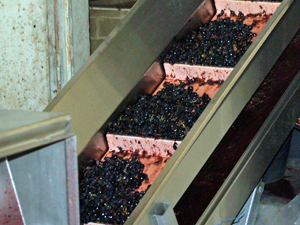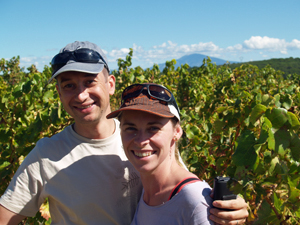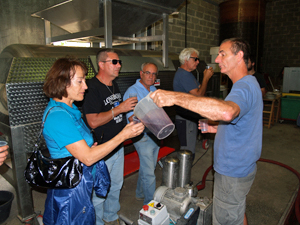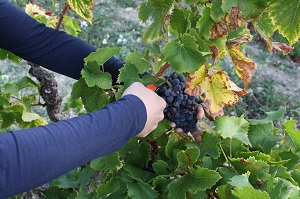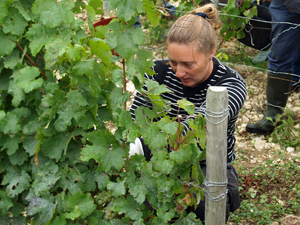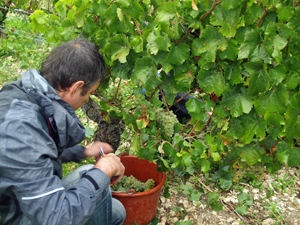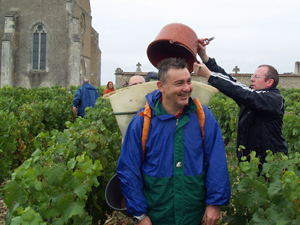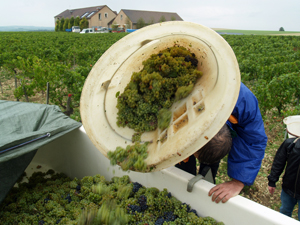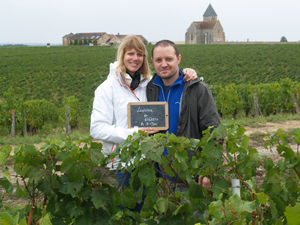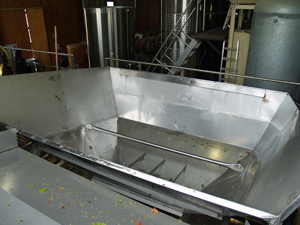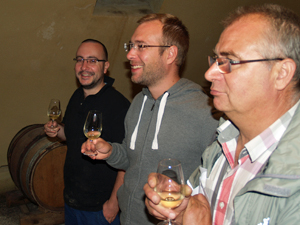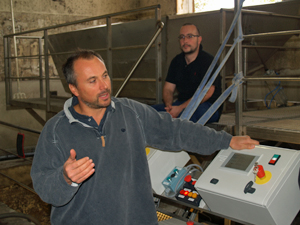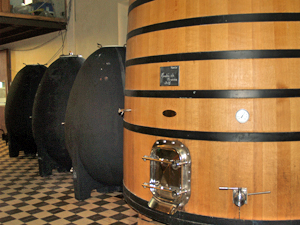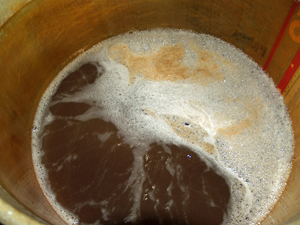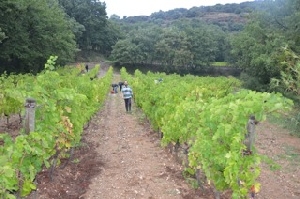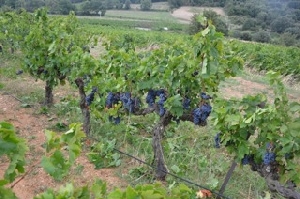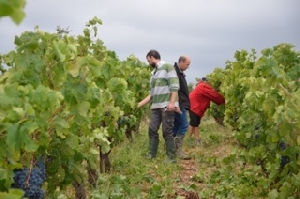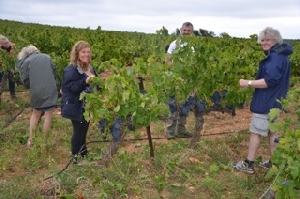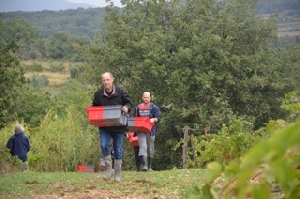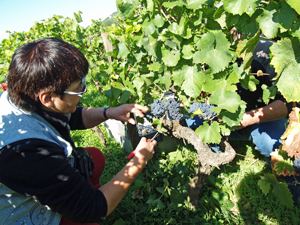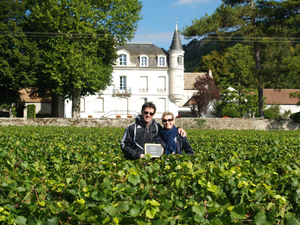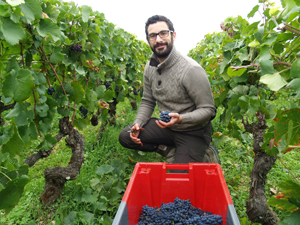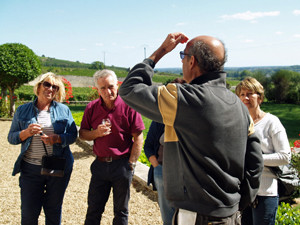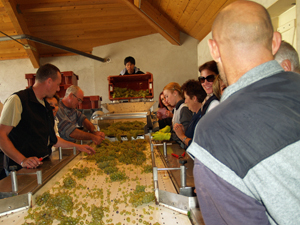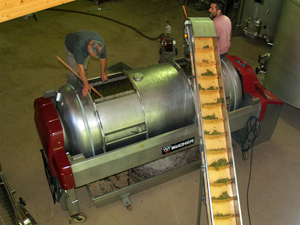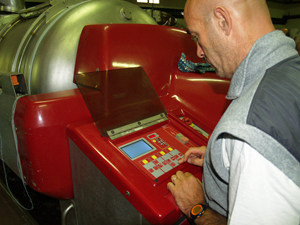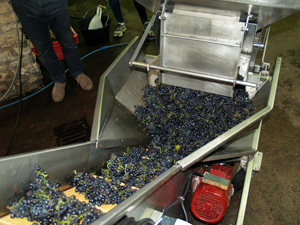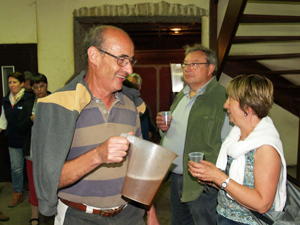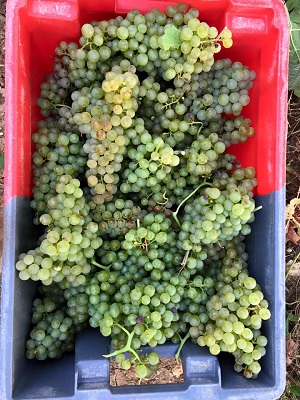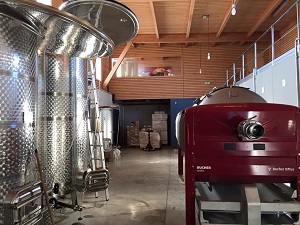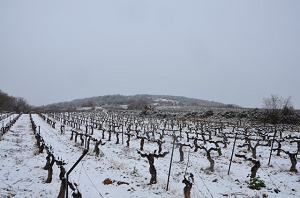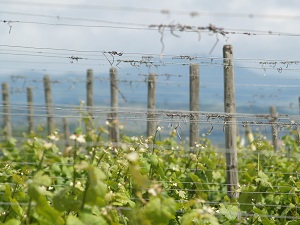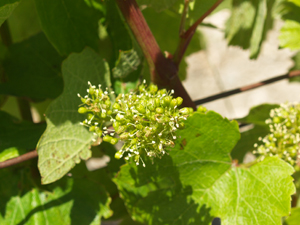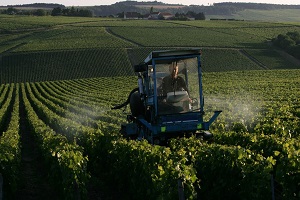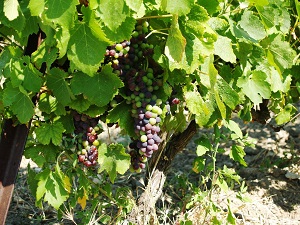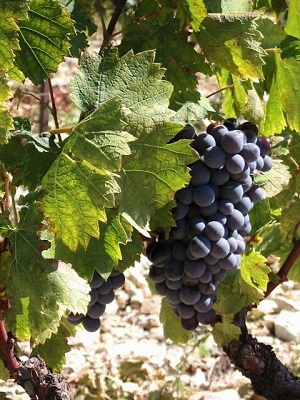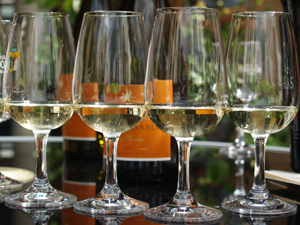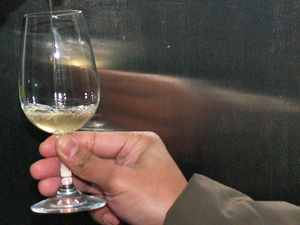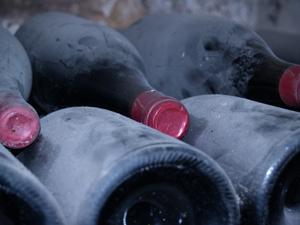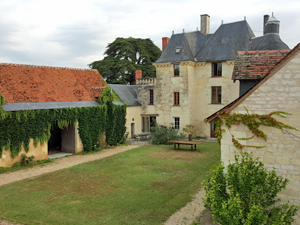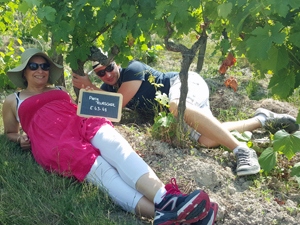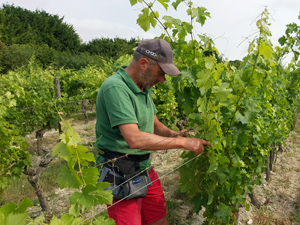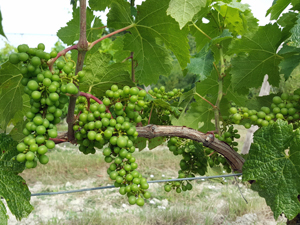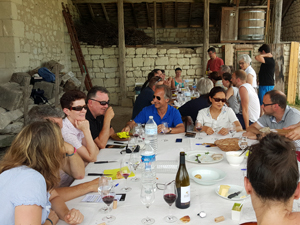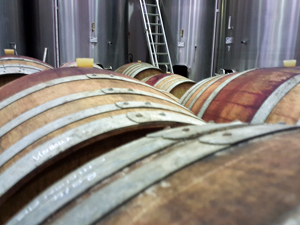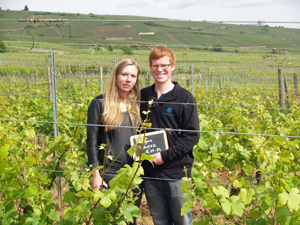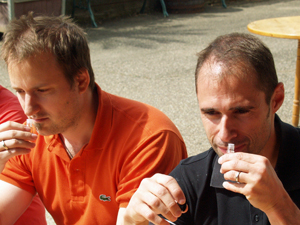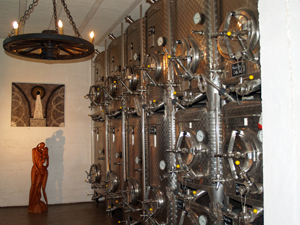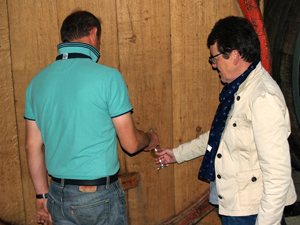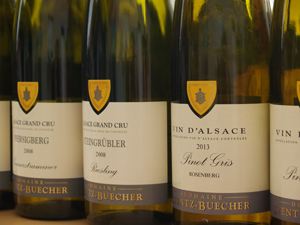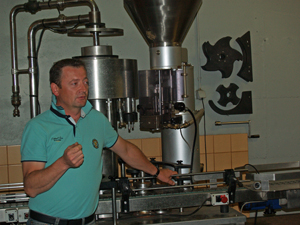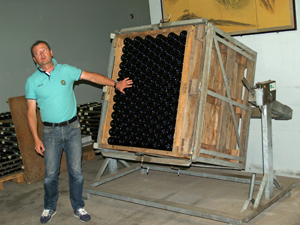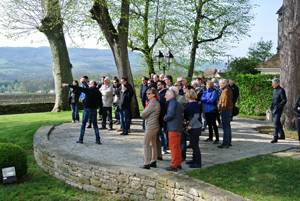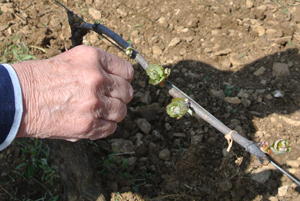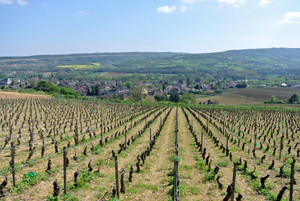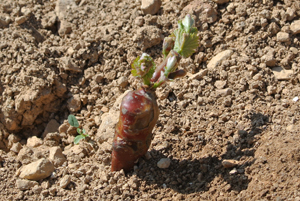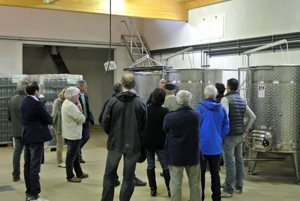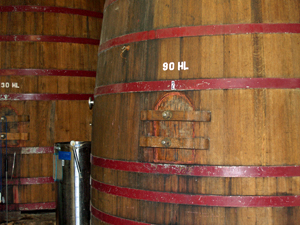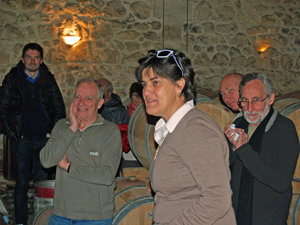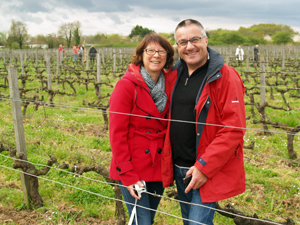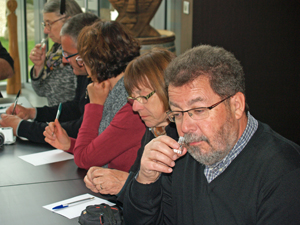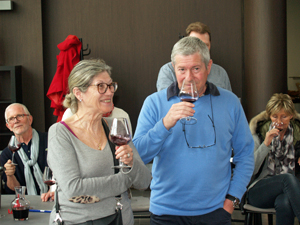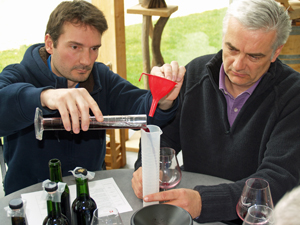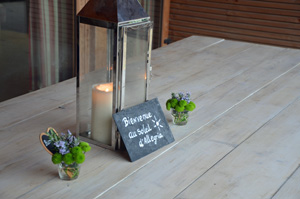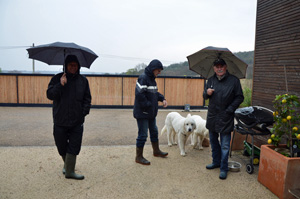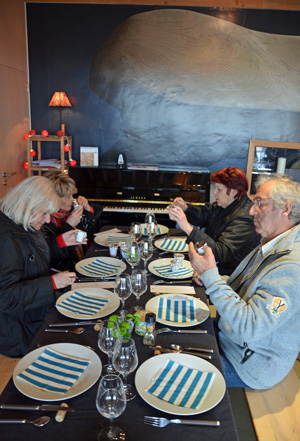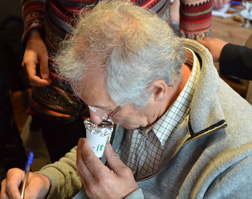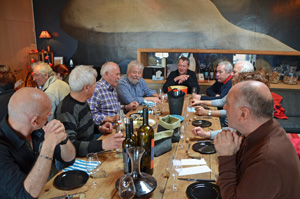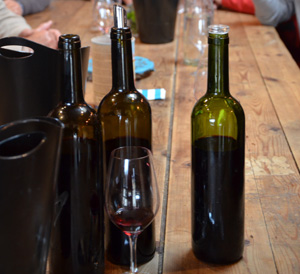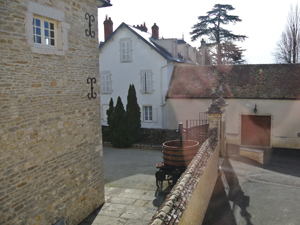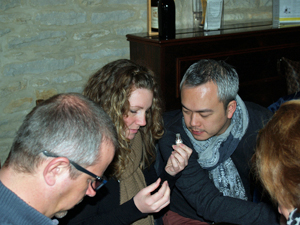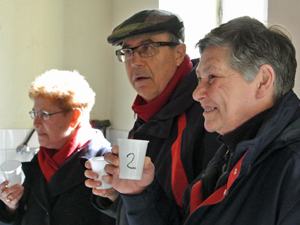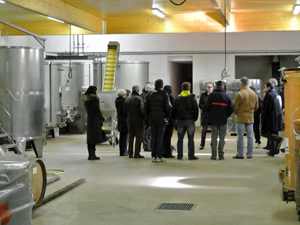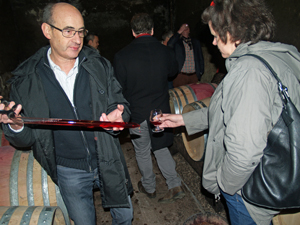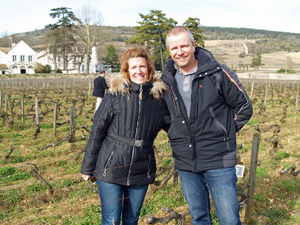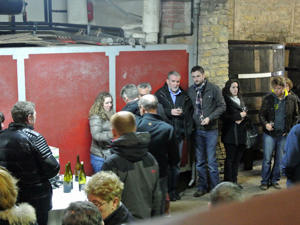The 2015 harvest. What happens next in the cellar?
- Categories :
- Gifts
- Wine
- Wine News
- Wine Making
- Enjoying Wine
So what are the secrets of the cellar once the harvest has been sorted and put into the vats? It depends on the type of wine being produced. At our partner winemakers, they produce mainly white and red wines.
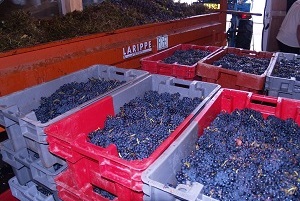
White or red wine?
As we saw in the article describing the harvest, many of the harvested bunches of grapes for making red wine are sorted and de-stemmed to separate the grapes from the stalks. Sometimes the winemakers will then decide to lightly crush the berries. In the olden days this was done by foot or by hand, but these techniques are now much rarer because the machines that de-stem the grapes can also be used for this purpose. The aim of this step is to break the grape skins and to help diffuse the tannins and colour during the maceration period to follow. For the white wines, the grape bunches are generally put in whole, directly into the press.
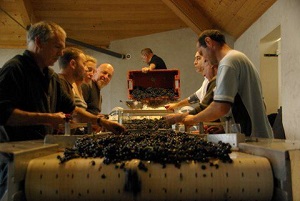
The next steps differ depending on whether red or white wine is being made. For red wine, we put the must, containing all of the matter that makes up a grape (the skin, flesh, juice and pips), into a vat or cask to start fermenting. The contact between the juice and other components of the berry during the maceration period will help to develop the colour and taste of the wine. To make white wine, the grapes are pressed as soon as they have been harvested so as to extract the juice from the elements which could colour or make the wine tannic.
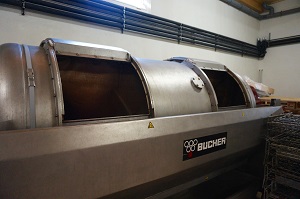
Pressing is a very important but delicate step for making white wine, as the winemaker needs to find the right balance between pressing the grapes sufficiently hard to extract as much juice as possible, and not over pressing them which can give grassy and acidic tastes. Once the juice has run off, the must is left alone so that the tiny solid particles that have been carried into the vat settle at the bottom. This is known as clarification or débourbage.
The alcoholic fermentation
Whether it's the juice to make red wine that is macerating in the vat, or the juice to make white wine that has been pressed, the moment will come when the sugar that it contains will start to turn into alcohol. This is known as the first or alcoholic fermentation. It usually starts all by itself thanks to the yeast found naturally in the must. It can also be set in motion by adding selected yeast or some must from another vat that has already started to ferment.
The temperature during the fermentation period is crucial and differs between white and red wine. In both cases, the yeast stops working below 10°C and the cells die above 35°C. The winemakers can control the temperature of the vats by pumping hot or cold water into an immersion heater or around the jacket of the vat. For red wines, fermentation generally takes place between 25 and 30°C to keep the maximum aromatic properties whilst extracting the tannins and colour. For white wines, the temperatures can be kept lower, between 15 and 20°C because no extraction is needed, allowing more aromas to be kept. The alcoholic fermentation usually lasts anywhere between a couple of days and a month.
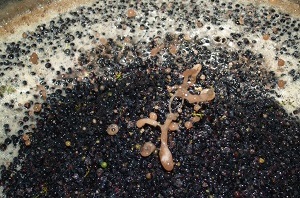
There is another peculiarity for the red wines. As the fermentation takes place, carbon dioxide is released, which pushes the pips, skin and any other solid matter to the top of the vat, causing a cap to form. The colour and tannins necessary for the wine are contained within this solid matter, but the juice stays below the cap. It?s therefore necessary to keep the juice in contact with it by punching the cap down into the juice (pigeage), or by drawing off the juice from the bottom of the vat, pumping it to the top and letting it filter down through the cap (remontage). Depending on the style of wine that the winemaker is hoping to achieve, this will be done for each vat anywhere between a couple of times a day to once every few days.
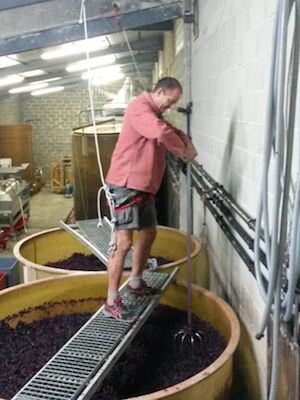
The malo-lactic fermentation
Once the juice has been transformed into wine, more patience and work is needed whilst it ages. Generally, once the first fermentation has finished, the winemaker will rack the wines to separate them from the larger lee particles and put the wine into a clean vat or into barrels.
For red wines, when the wine from the fermentation tank is drawn off, we get what is called free-run wine (vin de goutte). The remaining marc of solid² matter is then pressed to extract the rest of the wine, which is known as press wine. These two wines are then either blended together during the ageing period or are aged separately, leaving the winemaker the choice to blend them or not at a later stage.
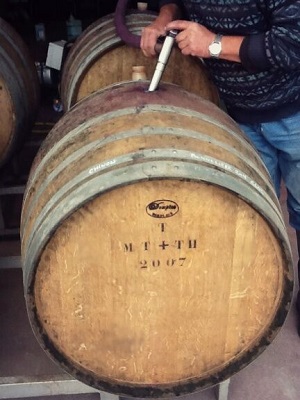
Shortly after alcoholic fermentation, a second fermentation starts, the malo-lactic fermentation, which transforms the malic acid into lactic acid. This decreases the acidity and softens the wines, so is also an important step in making good quality wine.
Then comes the magic of the winemaker in ageing the wine. Each has their own methods and preferences concerning the container used (concrete or stainless steel vat, wooden cask, old or new barrels etc), the length of time needed for ageing, the blend, and so on. As our partner winemakers often remind us, it's as much about personal taste as anything else, and so they task themselves with the onerous job of regularly tasting all of their wines throughout the ageing process!
To learn more about the vinfication, ageing and blending of wine, why not join us for a Gourmet Odyssey Vinification Experience Day!
Other articles relating to the 2015 vintage



